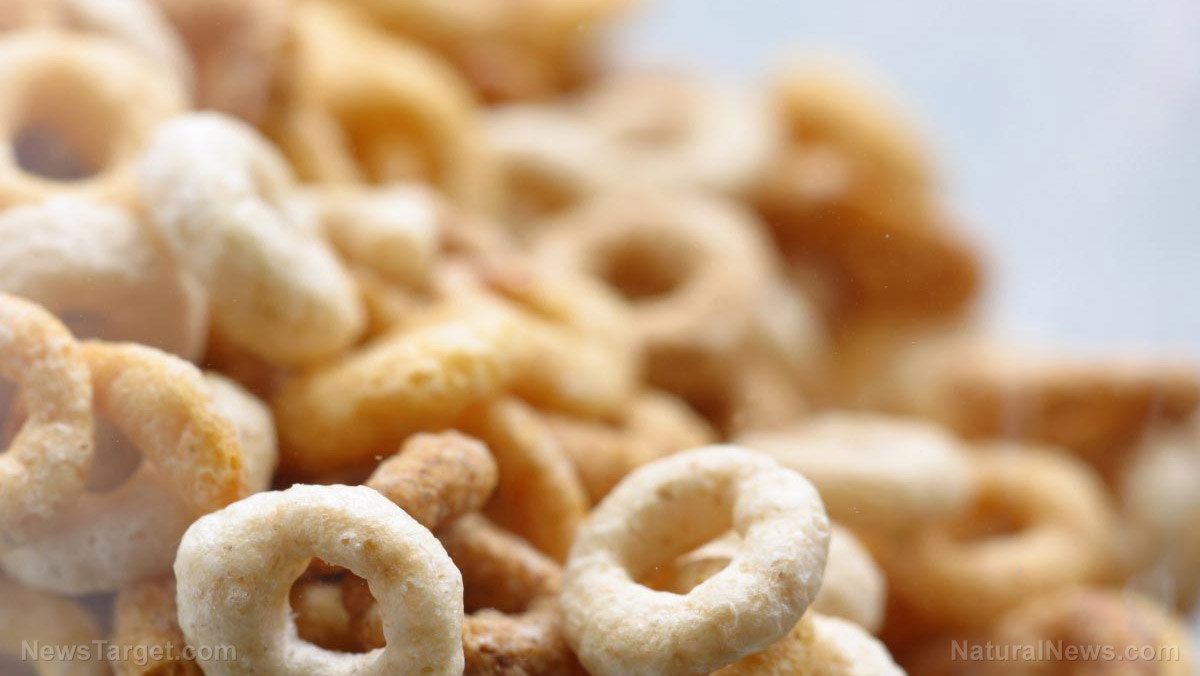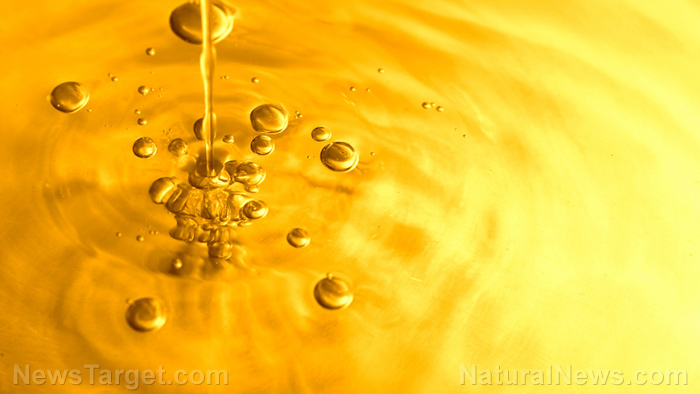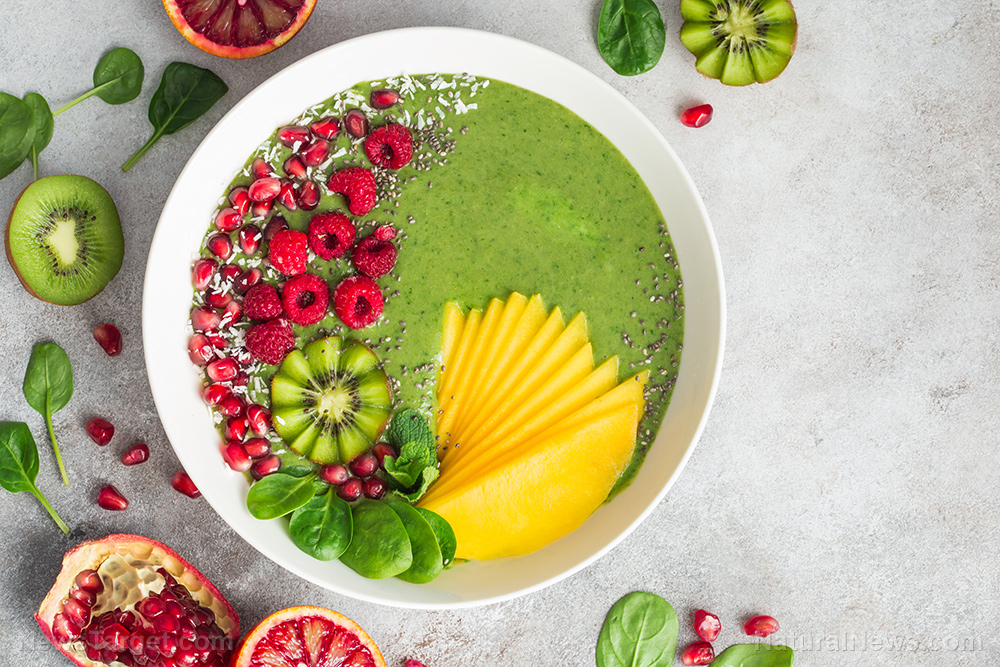Lighting in supermarket dairy cabinets reduces essential nutrients in milk, report UK researchers
03/04/2020 / By Franz Walker

Supermarkets have begun to use light-emitting diode (LED) lighting as a way to reduce their power consumption. However, while LED lights do help save energy, a study from the U.K. shows that they may also be harmful to the milk sold on supermarket shelves.
The study, conducted by researchers at Newcastle University‘s School of Natural and Environmental Sciences, demonstrates that milk stored under the kind of LED lights used at supermarkets loses significant amounts of vitamin A, vitamin B2 (riboflavin) and vitamin E. These nutrients represent some of the main health benefits of drinking milk.
“Many people do not realize that exposure of milk to indoor light can have a detrimental effect,” Catherine Birch, co-author of the study, said. “The damaging effects of light can be influenced by the light intensity and time of exposure, so longer exposure to light causes milk to deteriorate faster.”
Losing essential nutrients under the light
According to the report, just two hours of exposure to indoor LED lights was enough to reduce the content of vitamin A in milk. After 16 hours of exposure, the amount of vitamin A in the milk had been reduced to about half. Meanwhile, vitamin B2 levels went down much faster: just 20 minutes of exposure to indoor LED lighting was enough to reduce vitamin B2 levels by 28 percent.
In addition to exposure time, the intensity of the light also played into how quickly the nutrients in the milk degraded. Low-intensity light at about 1,068 lux caused the nutrients to degrade in about four hours. Compared to that, a higher intensity light, about 4,094 lux or greater, greatly sped up the process in which the nutrients oxidized. (Related: No more spoiled milk? Researchers develop unique sensor that can “smell” if milk has expired without opening the container.)
Sunlight vs. artificial light
The study clarified that light from all sources, not just artificial indoor LED lighting, does increase the nutrient loss in milk over a timescale of 25 minutes. However, the bright indoor LED lighting used to illuminate milk in supermarkets does drive detrimental oxidation processes, which greatly accelerate the loss of nutrients in the milk.
This oxidation also includes protein degradation as well. Combined with vitamin degradation, this can alter the organoleptic properties of the milk, which in turn, shortens its shelf life. This is important as milk is considered one of the biggest sources of food waste in the U.K. with an estimated 80 million pints thrown out every year. So addressing the issue can not only help keep people’s intake of the nutrients up, but it can also help in cutting down a significant amount of food waste.
Better packaging to help keep milk from losing nutrients
With the study showing how LED lighting can negatively affect milk, calls are now being made to change the way milk is packaged and sold. Arguments have been made that milk should be sold in opaque cartons instead of the more common translucent plastic bottles and jugs used in both the U.K. and the U.S. However, Dairy U.K., the group which represents the interests of Britain’s milk producers, has described the evidence from the study as inconclusive.
Until the entire dairy industry switches from translucent plastic bottles that expose milk to light, it would be advisable for consumers to purchase milk stored in cartons instead. While most of the milk in the U.S. is also sold in plastic gallon jugs, a fair amount is also sold in gable top carton boxes. By choosing to buy milk in carton boxes instead of plastic jugs, not only will consumers get better milk that hasn’t had its nutrients degraded, but they’re also telling the industry that it would be better for it to switch to these boxes.
Switching to raw milk is another option for those looking to avoid taking milk with degraded nutrients. As raw milk isn’t sold in supermarkets, there are less chances for it to have its nutrients exposed to LED lights. In addition to this, raw milk also provides a number of other health benefits that are absent from processed milk.
Sources include:
Tagged Under: dairy products, food products, food waste, grocery, milk, nutrients, supermarkets, vitamin A, vitamin B2, vitamin D
RECENT NEWS & ARTICLES
CleanFoodWatch.com is a fact-based public education website published by Clean Food Watch Features, LLC.
All content copyright © 2018 by Clean Food Watch Features, LLC.
Contact Us with Tips or Corrections
All trademarks, registered trademarks and servicemarks mentioned on this site are the property of their respective owners.


















